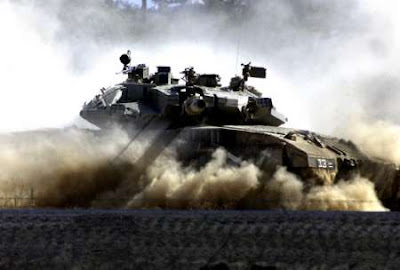Hi folks!
Guess i'll be starting on my next project very soon. Was supposed to give myself a 1 mth's break from modelling, but hands too itchy to leave them alone la..haha.. Nways, the original plan was to do a WWII subject next, but had too much inspiration to do the Merkava series again!! So had to switch plans around to do modern armor first. Guess this will be the last modern armor subject for this year, after which i'll move on to WWII where i can really focus on intense weathering practice...
Enough said, this is the Merkava Mk3D(Israel Tank) which i recently purchased(see earlier posts). Its a full resin kit, much heavier than the usual plastic kits. The modus operandi for constructing a resin kit differs quite a bit from the usual building process. I'll share this along the building process.
Brandon



1st obvious difference is the packaging as you can see and the instructions sheet. Not the usual ones where they guide you on where to glue each part, for this you just have to really figure out what goes where just by looking at the photos on the instruction sheet (see below)

2nd difference is that the parts don't come attached to sprues like plastic kits. They are attached to resin blocks which you either have to saw off and file to finish, or cut off carefully with a cutter.

That's all for now.
 Turret after the resin block removed(left area)
Turret after the resin block removed(left area) Turret after the resin block removed(left area)
Turret after the resin block removed(left area)
